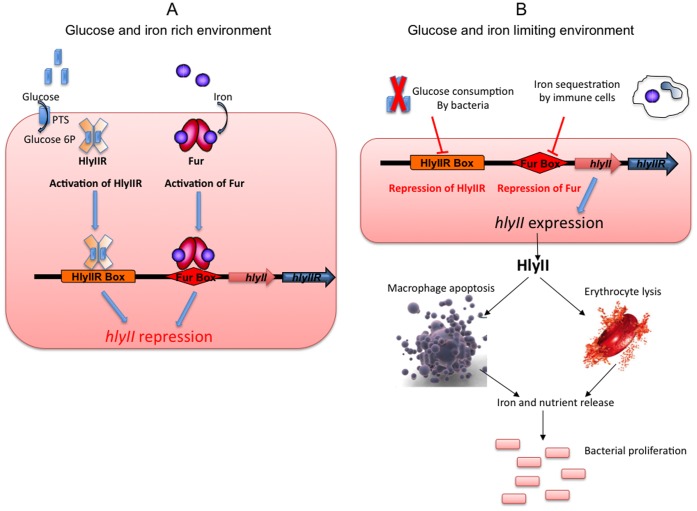Figure 5. Model of the role and expression of hlyII during infection.
A) As long as iron and glucose are abundant in the bacterial environment, the bacteria will be able to use these resources for growth. Glucose will enter the bacteria as glucose 6P (blue rectangles) and will bind HlyIIR (orange plain cross). Iron (purple circles) will bind Fur (red ovals). These bindings will promote HlyIIR and Fur repressor activities, leading to HlyIIR- and Fur-based transcriptional repression on hlyII gene expression. B) During host infection, bacteria find themselves in an environment, which is low in glucose and iron. Levels of these nutrients are further lowered during bacterial proliferation. The decrease in the concentration of glucose during bacterial proliferation will lead to an inhibition of HlyIIR activity, thus allowing hlyII expression. The decrease in the concentration of iron, partially due to its sequestration by immune cells, will lead to an inhibition of Fur activity, thus allowing hlyII expression. Thus, when glucose and iron are getting scarce, hlyII expression is activated. HlyII will then be released in the environment and induce macrophage and erythrocyte lysis. The dead cells will release their intracellular content, allowing access to metabolites that are essential for bacterial growth.

